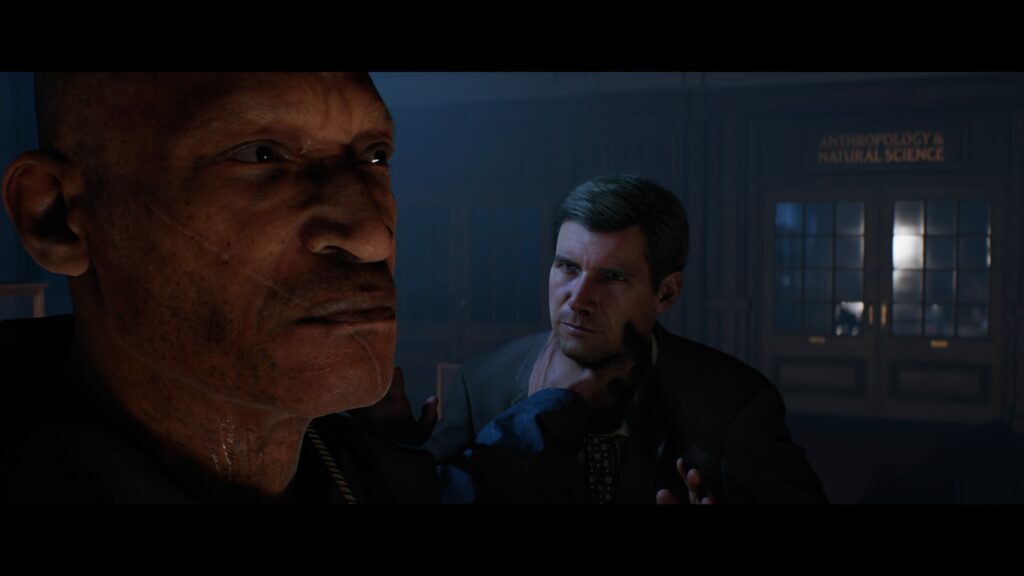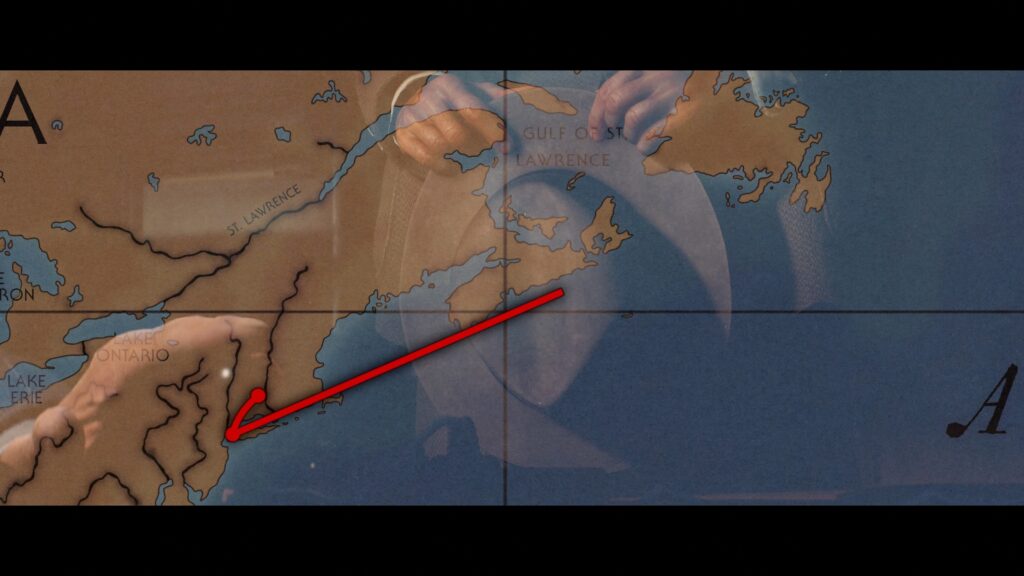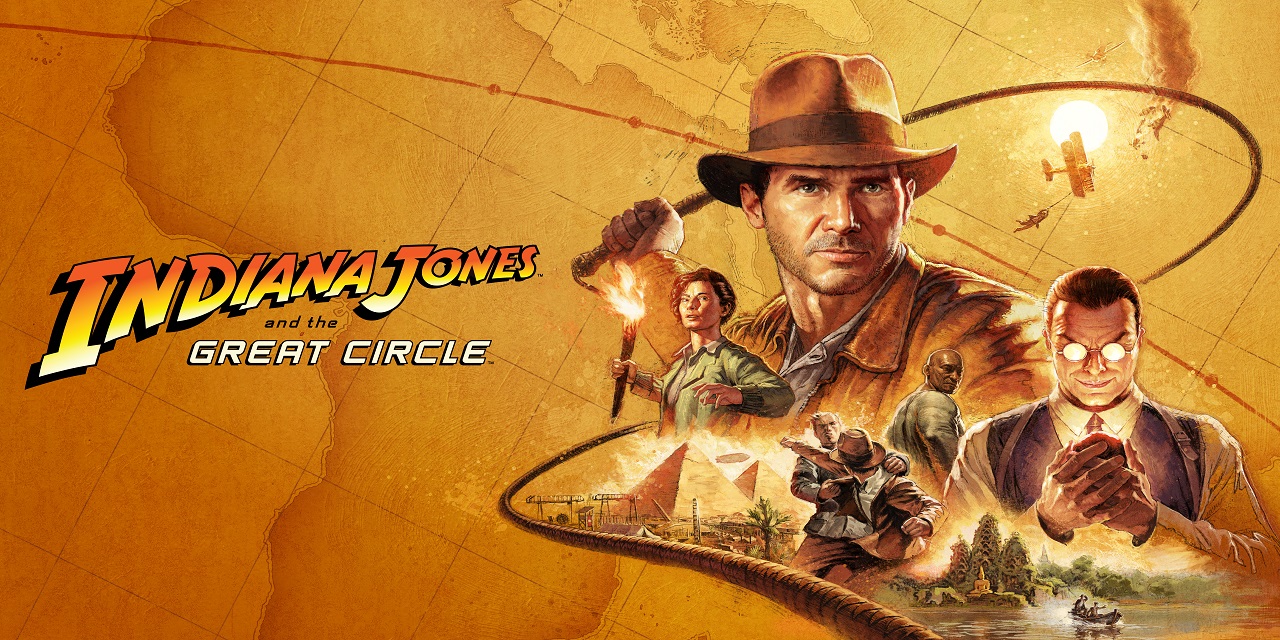Indiana Jones has seen his fair share of video game adaptations over the years, from classic PC adventure games to middling third-person action titles on console. But after nearly two decades out of the spotlight – and with the rise of Uncharted’s Nathan Drake and a rebooted Lara Croft in Tomb Raider – the original whip-cracking archaeologist now runs the risk of seeming like the imitator, rather than the icon.
Thankfully, under the direction of MachineGames – the studio known for the acclaimed Wolfenstein reboot – Indiana Jones and the Great Circle sets itself apart by defying typical genre conventions, particularly through its choice of perspective. The leap in graphical fidelity since the last adaptation certainly adds to the experience, but more importantly, this feels like a game that genuinely lets you step into the shoes of Dr. Jones – specifically the version from the original film trilogy era.
Set in 1937, Indiana Jones and the Great Circle takes place between Raiders of the Lost Ark and The Last Crusade, capturing the essence of the original films with impressive faithfulness- including the iconic musical flair. The score, composed by Gordy Haab (who’s fast becoming the natural successor to John Williams), echoes the sweeping energy of his work on recent Star Wars titles. The storyline also stays true to the franchise’s roots, following Indy as he hunts down a legendary artefact steeped in biblical myth. Of course, the Nazis are after it too – and this time, Italian Fascists join the fray, giving you plenty of black-shirted villains to land a punch on.
It’s the first-person perspective that really pulls you into the experience – perhaps a controversial choice for a cinematic adventure that isn’t focused on gunplay. Still, it’s a natural fit for MachineGames, whose roots trace back to The Chronicles of Riddick: Escape from Butcher Bay. Much like Wolfenstein: The New Order, the game cleverly shifts perspectives during key actions like climbing or swinging, striking a balance between seeing Indy and being Indy.

Troy Baker delivers a standout performance as Indiana Jones, perfectly capturing the voice and charisma of a 1980s-era Harrison Ford. His portrayal hits all the right notes – wry humour, rugged charm, and that unmistakable Indy grit – without ever feeling like a mere imitation. Visually, the character model is equally impressive, avoiding the uncanny stiffness of older generations and arguably surpassing the digital de-aging seen in Dial of Destiny.
Baker is supported by a strong cast, including Gina Lombardi, a sharp and determined journalist searching for her missing sister. She brings emotional weight and banter-filled chemistry to the story. On the villain side, Emmerich Voss stands out as a cerebral and sinister Nazi archaeologist who thrives on intellectual superiority—even in the face of danger. He’s a classic Indy antagonist with a modern edge.
Indiana Jones and the Great Circle nails the essence of a classic Indiana Jones adventure, sending players on a thrilling, globe-spanning quest rooted in biblical myth. From ancient catacombs to remote temples, each location is rich with atmosphere and mystery, packed with puzzles, traps, and cinematic set-pieces that echo the spirit of the films. The sweeping score by Gordy Haab channels John Williams’ iconic themes, while the signature red-line map transitions and sharp writing reinforce the sense that this isn’t just a game inspired by Indiana Jones – it is Indiana Jones, brought to life with reverence, energy, and a deep understanding of what makes the character and his world so enduring.

Indiana Jones and the Great Circle takes a refreshing detour from the tightly scripted, high-octane setpieces of Uncharted, instead embracing the more cerebral, exploratory side of Indiana Jones’ adventures. This shift is especially evident in expansive locations like the Vatican, Gizeh in Egypt, and Sukhothai in Siam (modern-day Thailand), which are designed as semi-open worlds filled with secrets, side quests, and opportunities for discovery. These areas encourage players to slow down, investigate their surroundings, and immerse themselves in the historical detail – such as the ability to stand beneath the faithfully recreated ceiling of the Sistine Chapel and simply admire Michelangelo’s artistry.
While the main story path is filled with well-designed tombs and temples packed with clever, varied puzzles and classic Indy-style traps, the game also spices things up with stealth-focused segments. Sneaking through areas crawling with fascist enemies, players may find themselves slipping into disguises to blend in – especially in highlight locations like the Vatican and Gizeh – evoking the feel of a first-person Hitman, minus the contract killing. Meanwhile, more linear levels provide a tighter, story-driven experience that balances out the larger sandbox environments. And if you’re keen to push the narrative forward but still want to explore, the game conveniently allows fast travel to previously visited areas to chase down missed side quests and upgrades.

Indiana Jones and the Great Circle may come from the team behind the ultra-violent Wolfenstein series, but stealth is clearly the preferred playstyle here. While you can technically fight your way through enemies, limited ammo quickly leaves you outnumbered, and the combat itself is surprisingly underwhelming. Instead, it’s far more satisfying to silently take down foes from behind with improvised weapons and watch the often hilarious, occasionally wince-inducing takedown animations. Alternatively, you can opt for complete stealth, using distractions like tossed objects to lure enemies away without ever being detected.
When combat is unavoidable, though, it often boils down to basic fistfights, which feel tedious and uninspired. While you can block, parry, and dodge, it mostly involves flailing until your opponent is knocked out, which can become monotonous, especially during what are barely passable “boss fights.” One could argue that this lack of combat depth makes sense for Dr. Jones, who is an archaeologist rather than a super soldier.
The game wisely avoids turning him into a walking murder machine, keeping his whip primarily for traversal and disarming rather than constant combat. However, the rare on-rails shooting sequences feel out of place, as if a Hollywood executive demanded more action with car chases and explosions. These moments, while well-choreographed, end up feeling more like cutscenes where you can simply put the controller down. They highlight a missed opportunity for more meaningful interactivity, though it’s unclear how to improve these moments without making them feel overly gamey.

After a long absence from the gaming world, Indiana Jones and the Great Circle arrives as perhaps the best Indy game ever made, powered by modern technology, richly detailed period settings, and pitch-perfect performances. Smart, distinctive design choices help it stand apart from the many globe-trotting heroes who’ve followed in Indy’s footsteps over the years. Rather than copying the action-heavy formula of its contemporaries, it carves out its own identity by leaning into exploration, puzzle-solving, and a genuine sense of adventure.
For Indiana Jones fans, it’s an absolute treat – more faithful and thrilling than the recent films, and one that feels like a natural fit within the original trilogy’s canon. It’s also a standout title for both Xbox and PS5 players: a much-needed gem for PlayStation owners, and a beloved exclusive that Xbox fans have been enjoying since December 2024. Whether you’re here for the nostalgia, the storytelling, or just a damn good adventure, The Great Circle delivers a cracking good time worthy of the fedora and whip.
This review utilised a PS5 key provided by Bethesda ANZ and Indiana Jones and the Great Circle releases worldwide on Playstation 5 on April 17, 2025, while also available on Steam and Xbox.
#roundtablecoop




